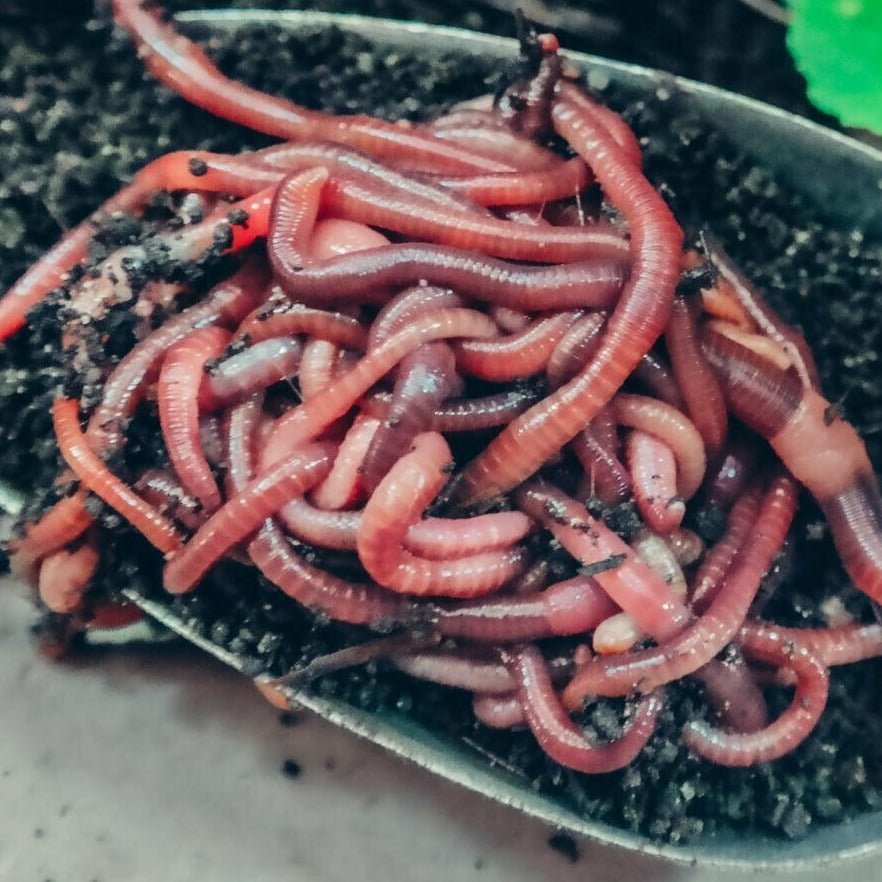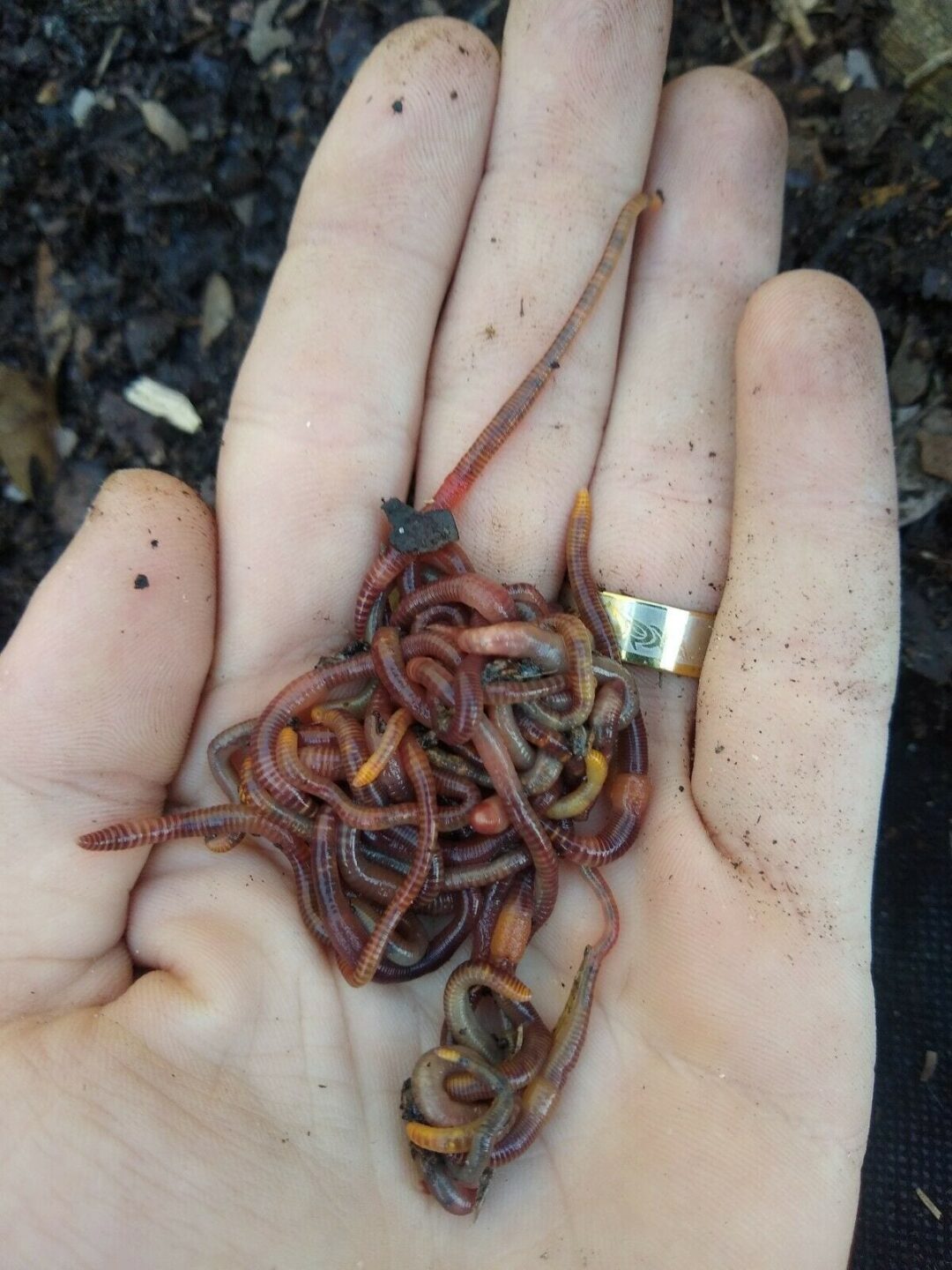Red Wiggler Express: Reliable Bait for a Enjoyable Fishing Day
Wiki Article
Red Wigglers: The Unsung Heroes of Organic Waste Recycling
Red wigglers, or Eisenia fetida, act as important agents in the organic waste recycling process, changing disposed of materials into useful vermicompost. Their efficient breakdown of raw material not just improves soil high quality but likewise adds to lasting waste management techniques. As the world increasingly seeks services to fight waste buildup and enhance agricultural performance, understanding the duty of these worms comes to be crucial. What devices allow them to thrive in garden compost settings, and exactly how can they be effectively utilized in both property and commercial settings? Checking out these questions exposes the wider implications of vermicomposting in our ecological landscape.What Are Red Wigglers?
The remarkable resilience of red wigglers, medically referred to as Eisenia fetida, highlights their essential duty in natural waste recycling. These small, reddish-brown earthworms are generally found in decomposing raw material, such as compost heap and manure stacks. Lake Hickory Bait. Unlike various other earthworm varieties, red wigglers thrive in nutrient-rich environments and are very effective at damaging down natural products, making them important for vermicomposting
(Red Wiggler Express)In enhancement to their role in waste decrease, red wigglers add to soil wellness by enhancing dirt framework and oygenation with their delving activities (Lake Hickory Bait). Their existence in composting systems not only boosts decay rates but likewise promotes a lasting strategy to squander administration, illustrating their relevance in ecological preservation initiatives
Benefits of Composting With Worms
Composting with worms, specifically red wigglers, offers many advantages that boost both waste administration and dirt health and wellness. These worms effectively break down natural waste, transforming it right into nutrient-rich vermicompost that enriches dirt. This procedure speeds up disintegration, enabling a faster recycling of kitchen scraps and other natural materials contrasted to typical composting techniques.Additionally, the vermicompost generated by red wigglers is including useful microorganisms, which assist boost dirt structure, oygenation, and wetness retention. This improves the overall health of plants, advertising strenuous growth and boosted yields in yards and farming setups. Furthermore, using worms in composting lessens the manufacturing of greenhouse gases, such as methane, adding to a more sustainable waste management system.

Just How to Start Vermicomposting
Developing a vermicomposting system is a straightforward process that can produce significant benefits for both waste management and soil enrichment. To begin, pick a suitable container, such as a plastic container or wood box, with adequate air flow holes to make certain correct airflow. The measurements should ideally be around 2 feet by 3 feet, permitting ample space for the worms to flourish.Next, prepare bed linen product, which can contain shredded newspaper, cardboard, or coconut coir. This bed linen must be dampened to produce an ideal habitat for the worms. As soon as the bed linen is in place, introduce red wigglers (Eisenia fetida) right into the container, normally around one pound of worms for every single square foot of surface area.
Adhering to the positioning of worms, include organic waste, such as fruit and veggie scraps, coffee premises, and smashed eggshells. Avoid including dairy, meat, or oils, as these can develop smells and bring in bugs. Place the bin in a shaded, temperature-controlled location to preserve optimum conditions for worm task. With these actions, you will successfully initiate a vermicomposting system that adds to lasting waste management and enriches your soil.
Maintaining a Healthy And Balanced Worm Container
(Red Wiggler Express)Keeping a worm bin growing needs routine attention and like make sure the health and wellness of the red wigglers and the effectiveness of the composting procedure. Correct maintenance starts with checking the dampness degrees; the container ought to perspire however not waterlogged. A great guideline is to preserve an uniformity comparable to a wrung-out sponge.Delicately blending the bedding and food scraps every few weeks avoids compaction and makes sure that all worms have accessibility to oxygen. Furthermore, it is vital to feed the worms properly.
Temperature level law is an additional essential aspect. Red wigglers prosper in a variety of 55 to 77 levels Fahrenheit. If the container ends up being as well warm or chilly, the worms may become worried - Lake Hickory Bait. Regularly examine for indicators of health, such as worm population development and the visibility of healthy and balanced castings. By faithfully handling these variables, one can maintain a durable and productive worm container.
Influence on Sustainable Living
The successful upkeep of a worm bin not only profits the health of red wigglers however additionally adds considerably to sustainable living methods. By reusing natural waste, such as kitchen area scraps and lawn particles, red wigglers aid draw away significant amounts of product from landfills. This reduction in waste not only decreases greenhouse gas discharges but likewise lessens the environmental burden connected with waste management.Furthermore, the spreadings produced by red wigglers function as a nutrient-rich natural fertilizer, enhancing soil wellness and advertising plant development. This natural option to chemical fertilizers sustains sustainable agriculture and horticulture practices, decreasing dependence on artificial inputs that can hurt communities. Additionally, worm composting fosters understanding of waste monitoring, urging individuals and areas to adopt more lasting practices.

Verdict
In summary, red wigglers offer as important contributors to organic waste reusing with their effective decomposition of organic materials. Their capacity to produce nutrient-rich vermicompost improves dirt wellness and sustains lasting farming practices. By integrating vermicomposting right into waste management approaches, people and areas can significantly minimize waste while promoting ecological sustainability. The duty of Eisenia fetida in cultivating healthy and balanced environments highlights the value of these microorganisms in accomplishing lasting living and improving dirt fertility.Report this wiki page